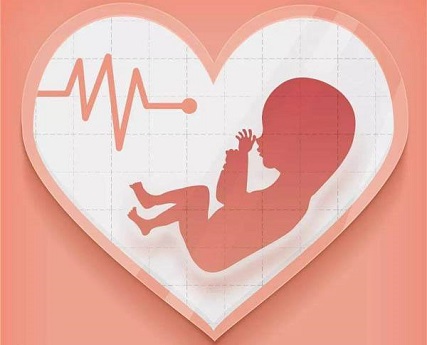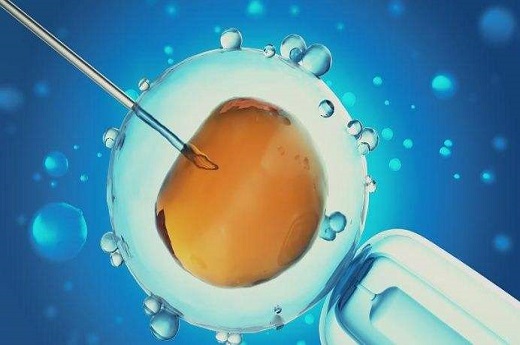试管婴儿移植的过程
试管婴儿移植是一种辅助生殖技术,通过将受精卵移植到子宫内,帮助那些因生理或生育问题无法自然受孕的夫妇实现生育梦想。整个过程包括取卵、受精、培育胚胎和移植。女性会接受一段时间的激素治疗以促进卵子的成熟,然后医生会使用一根细管将卵子取出,与在实验室中进行受精,培育成胚胎。医生会选择最健康的胚胎,将其移植到女性的子宫内。
The process of IVF involves retrieving eggs from the woman's ovaries, fertilizing them with sperm in a laboratory, and then transferring the resulting embryos to the woman's uterus. The woman may receive hormone treatments to stimulate egg production before the eggs are retrieved. After fertilization, the embryos are monitored for a few days to ensure they are developing properly before being transferred to the uterus.

成功率因素
试管婴儿移植的成功率受到许多因素的影响。首先是年龄,女性年龄是影响成功率的最重要因素之一。年轻的女性成功率更高,因为她们的卵子更加健康。男性的质量也会影响成功率。除此之外,患有一些疾病或者身体状况的夫妇,如子宫内膜异位症、输卵管堵塞等,也会影响成功率。
There are several factors that can influence the success rate of IVF. One of the most important factors is the age of the woman. Generally, younger women have a higher success rate because their eggs are healthier. The quality of the man's sperm also plays a role in the success of IVF. Additionally, certain medical conditions or health issues in either the man or the woman, such as endometriosis or blocked fallopian tubes, can also impact the success rate.
一次移植成功率
根据统计数据,试管婴儿一次移植的成功率大约在30%到40%之间。这意味着并非每一次移植都会成功,有些夫妇可能需要进行多次移植才能成功怀孕。成功率的高低取决于许多因素,包括患者的年龄、健康状况、医生的经验以及实验室的质量等。

According to statistics, the success rate of IVF in a single cycle is approximately 30% to 40%. This means that not every transfer will result in a pregnancy, and some couples may need to undergo multiple transfers before achieving a successful pregnancy. The success rate is influenced by various factors, including the age and health of the patients, the experience of the doctor, and the quality of the laboratory.
影响成功率的因素
除了年龄和健康状况外,其他因素也会影响试管婴儿移植的成功率。例如,女性的子宫内膜厚度、卵泡发育情况、的质量和数量等都会对成功率产生影响。患有慢性疾病或者肥胖的女性,成功率也会相应下降。
In addition to age and health, other factors can also influence the success rate of IVF. For example, the thickness of the woman's uterine lining, the development of her ovarian follicles, and the quality and quantity of sperm can all impact the success rate. Furthermore, women with chronic illnesses or obesity may have a lower success rate.

成功率提高的方法
尽管试管婴儿移植的成功率受到多种因素的影响,但是有一些方法可以帮助提高成功率。首先是保持健康的生活方式,包括均衡饮食、适量运动和避免烟酒。其次是遵循医生的建议,按时服用药物,并定期进行检查。心理健康也很重要,因为情绪稳定对成功率有一定影响。
While the success rate of IVF is influenced by various factors, there are methods that can help improve the chances of success. Maintaining a healthy lifestyle, including a balanced diet, moderate exercise, and avoiding smoking and alcohol, is important. Following the doctor's advice, taking medication as prescribed, and attending regular check-ups are also crucial. Additionally, mental health is important, as emotional stability can have an impact on the success rate.
多次移植的情况
对于一些夫妇来说,一次试管婴儿移植并不能成功怀孕,他们可能需要进行多次移植。多次移植不仅增加了经济负担,也对患者的身心健康造成了一定的影响。医生会根据患者的具体情况,制定个性化的治疗方案,以提高成功率。
For some couples, a single IVF transfer may not result in a successful pregnancy, and they may need to undergo multiple transfers. Multiple transfers not only increase the financial burden, but also have a certain impact on the physical and mental health of the patients. Therefore, doctors will develop personalized treatment plans based on the specific circumstances of the patients in order to improve the chances of success.
心理健康的重要性
试管婴儿移植是一项需要耐心和毅力的过程,因此心理健康对于成功率至关重要。夫妇双方需要相互支持,保持乐观的心态,避免过度焦虑和压力。寻求心理咨询或者参加支持小组也是帮助患者度过这一阶段的有效方法。
The process of IVF requires patience and perseverance, so mental health is crucial to the success rate. Couples need to support each other, maintain a positive attitude, and avoid excessive anxiety and stress. Seeking psychological counseling or participating in support groups can also be effective ways to help patients get through this stage.
成功率的变化
随着科技的不断进步和医疗水平的提高,试管婴儿移植的成功率也在不断提高。新的技术和方法的出现为那些原本成功率较低的夫妇带来了新的希望。尽管一次移植的成功率可能不高,但随着医疗技术的不断发展,患者们依然可以抱有希望。
With the continuous advancement of technology and the improvement of medical standards, the success rate of IVF is also increasing. The emergence of new technologies and methods has brought new hope to couples who previously had a low success rate. Therefore, despite the relatively low success rate of a single transfer, patients can still remain hopeful as medical technology continues to develop.





